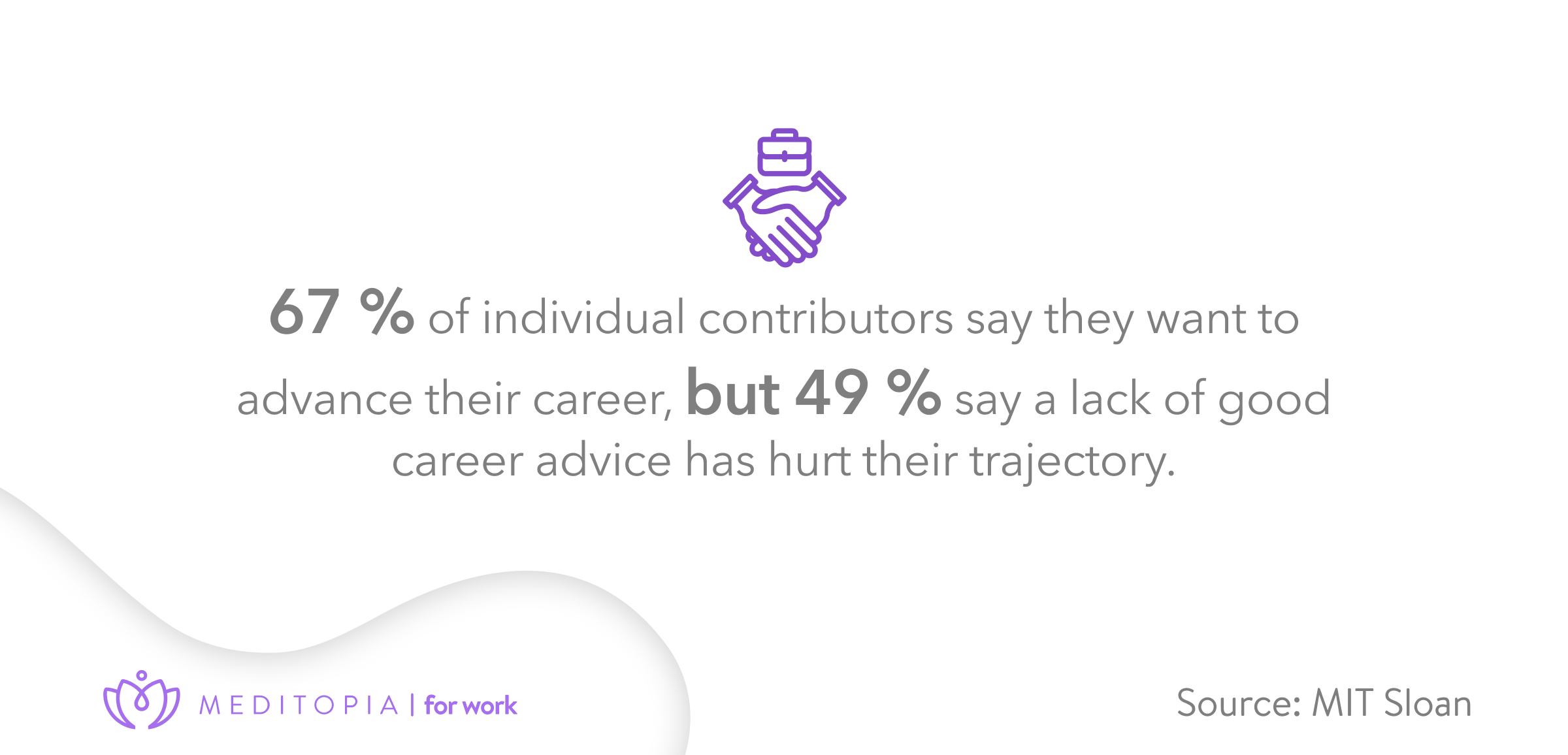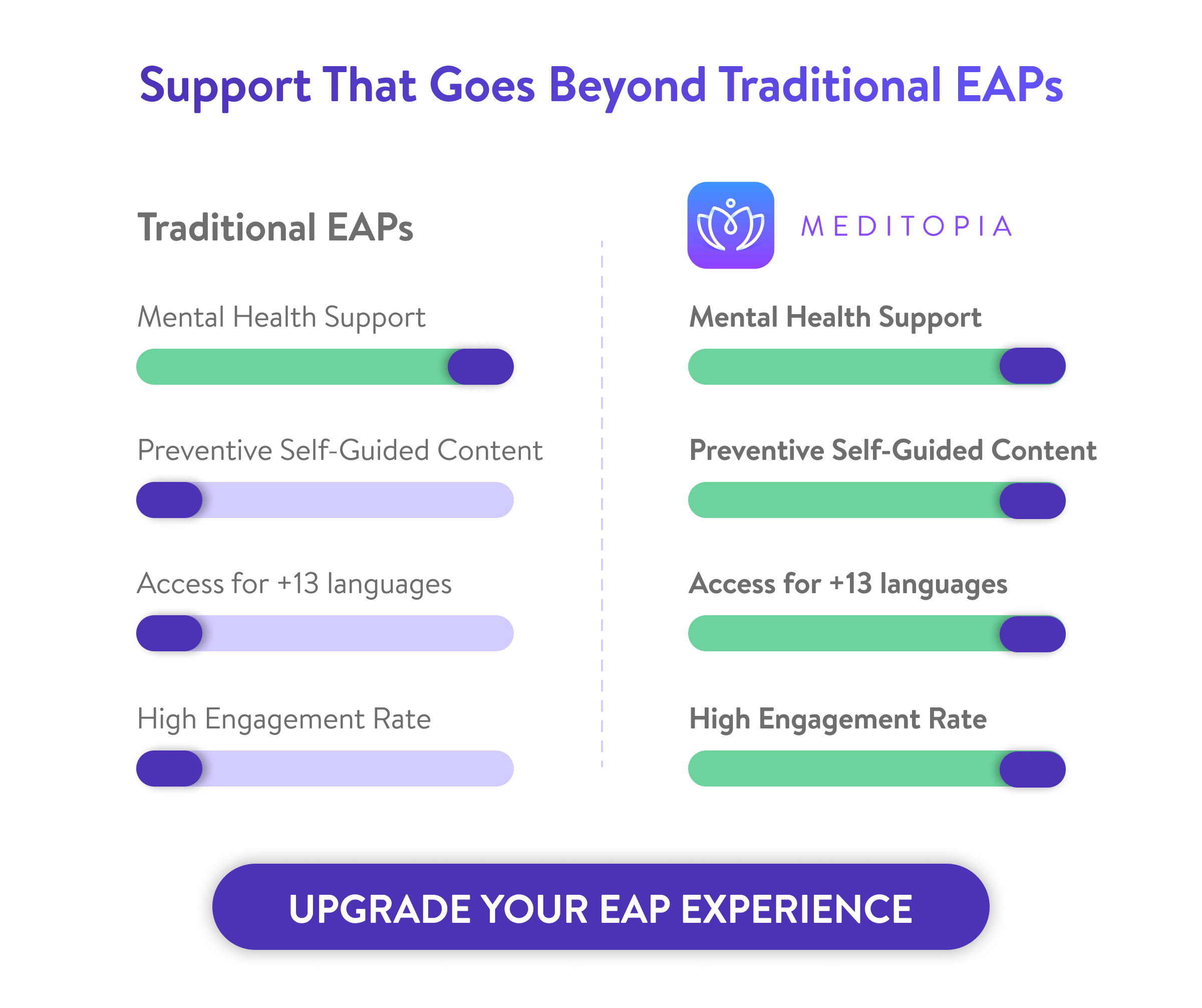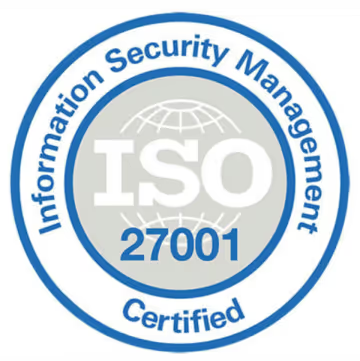Research reveals that career development is one of the top reasons people stay at a company, especially among younger generations and with the raise of artificial intelligence globally [1]. Teams want growth, upskilling, clear progress paths, and access to online training that helps them stay relevant; but how can you support them and reduce turnover rates? Let's discover it together.
Why Career Development Matters for Businesses
Career development plays a pivotal role for employees and rganisations aiming to retain and engage talent. In fact, 94 % of employees say they would stay at a company longer if it invested in their career development [2].
From an organisational perspective, a talent-pipeline approach that embeds growth opportunities for employees yields benefits including reduced turnover, improved employee engagement and higher productivity. Here are some areas this type of development influences:
- Employee retention strategies
- Engagement and motivation
- Productivity and innovation
- Future-ready skill building
- Stronger internal talent pipelines
- Reduced turnover costs
- Improved morale and employer brand

1. Build Personalized Career Development Plans (PCDPs) Using a Skills-Based Framework
Skills for the same roles are changing significantly year over year, and will continue to shift rapidly towards 2030 [2]. You can probably notice this lately due to the inclusion of AI inmany industries.
What this means for HR & managers:
You must build plans around skills employees and companies need tomorrow, not just the tasks they do today.
How to do it (step-by-step):
- Run a skills-gap analysis using internal dashboards or tools like LinkedIn Skills, skills matrices, or HRIS-integrated skills mapping.
- Define 3–5 target capabilities (e.g., data literacy, stakeholder management, AI fluency).
- Map each skill to:
- a timeline
- specific online training
- coaching sessions
- stretch assignments
- Integrate wellbeing check-ins – high stress is associated with reduced learning capacity (reported widely in research by bodies like the American Psychological Association).
2. Provide Formal Career Development Programs With Measurable Outcomes
Companies with strong learning cultures tend to outperform peers on key financial and engagement metrics [3]. Examples of formal programs that actually work:
- Leadership pipelines with measurable milestones
- Cross-functional rotation programs
- High-potential (HiPo) tracks
- Certification-based professional development programs
- Peer-to-peer learning cohorts
3. Create Continuous Growth Opportunities Instead of Once-a-Year Learning
Many employees report that while training exists, it is not continuous or accessible enough for real skill-building [4]. Some high-impact continuous-growth methods are:
- Monthly micro-learning drops
- 10-minute learning habits built into the workday
- Internal knowledge libraries
- Access to self-guided learning content
- Quarterly skill pathways (e.g., “From Contributor → Senior Contributor”)
4. Encourage Skills Development in Areas with the Highest ROI
Reports such as the World Economic Forum’s Future of Jobs identify top in-demand skills like:
- Analytical thinking
- Creativity and problem-solving
- Resilience and flexibility
- Digital literacy
- Leadership and social influence
- Data and AI-related skills
How HR can implement strategic upskilling:
- Use internal surveys, performance data, and market benchmarks to identify critical skill gaps.
- Create curated online training lists linked to these skill clusters.
- Track progression through talent dashboards and reviews.
- Link each skill to a visible career milestone (promotion criteria, lateral moves, role transitions).
5. Build a Mentorship & Sponsorship Ecosystem
Employees with strong sponsors are significantly more likely to advance and feel they belong, especially those from underrepresented groups. Here's how to build a simple structured ecosystem:
- Assign each new employee a 60-day mentor for onboarding.
- Match mid-level talent with cross-team mentors.
- Create a sponsorship council for high-potential employees.
- Use analytics to track progression every quarter.
6. Use Stretch Assignments to Accelerate Promotions
Many high-growth organisations use stretch assignments as a deliberate promotion accelerator. They expose employees to real responsibility, leadership situations, and cross-functional work, all core signals used in promotion decisions.
Effective stretch assignments include:
- Leading a short-term project
- Managing an intern or junior teammate
- Owning a new client, segment, or market
- Solving a cross-department challenge
- Representing the team in a strategic meeting or steering committee
How to execute:
- Set stretch assignment cycles (e.g., every 6 or 12 months).
- Pair with coaching and periodic wellbeing check-ins.
- Track outcomes in talent and performance dashboards.
7. Offer Manager Training Focused on Coaching Skills
Managers influence a very large share of variance in team engagement, yet many managers don’t feel prepared to coach [5]. To fix this, organisations should provide managers with:
- People-leadership learning courses
- Feedback and difficult-conversation training
- Development-conversation guides and templates
- Wellbeing-aligned leadership modules (for example, Meditopia’s manager content)
- Toolkits and talent management tools for tracking growth and wellbeing
When managers become coaches instead of just task-owners, they empower employees and strengthen internal pipelines for employee advancement.
8. Make Learning Measurable and Transparent
Employees often feel “lost” in development because progress is invisible. HR should provide:
- Competency dashboards that show where an employee stands
- Skill badges or digital credentials
- Data-driven promotion paths and clear criteria
- Role-readiness metrics (what’s missing before a promotion)
- Performance-to-potential mapping in talent reviews
Transparency turns learning into a visible, motivating journey, not a black box.
Career Growth Examples Compared for Today’s Workplace
Career development used to be linear, predictable, and tied to tenure: stay long enough, perform consistently, and advancement would follow. Modern career growth must be flexible, digital, psychologically supportive, and scalable, and Meditopia delivers all four.
Integrating Career Development with Employee Wellbeing
Career growth only works when employees are mentally and emotionally supported. Combining wellbeing with development helps:
- Improve confidence and readiness for career advancement opportunities
- Reduce stress and burnout
- Strengthen leadership potential
- Support psychological safety
- Maintain motivation and engagement
- Create healthier high-performance cultures
- Improve self-confidence, problem solving, innovation, and team work
- Reduce work conflicts

Role of HR and Leaders in Career Development
HR and leaders play a critical role in ensuring career planning and development for employees are accessible, fair, and impactful. Their responsibilities include:
- Designing clear HR career programs and pathways
- Setting a culture of continuous learning
- Ensuring access to online training, learning courses, and mentorship
- Conducting regular development conversations
- Equipping managers with talent management tools
- Empowering employees through personalised support
- Modelling strong learning behaviour
However, these ones are not really HR's and leaders responsibilities:
- Replacing the manager’s role in coaching and day-to-day development
- Motivating employees who do not take ownership of their own growth
- Guaranteeing promotions or advancement outcomes
- Single-handedly fixing cultural or leadership gaps






%2008.07.36_4ffe9739.jpg)

















